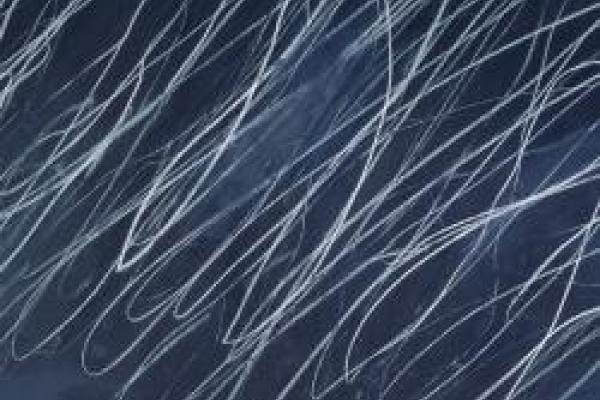
Steven Surdiacourt (Katholieke Universiteit Leuven, Belgium), "Hiding in Plain Sight: Sequence, Structure and Narrative Tension in Graphic Narratives"
In comics, Thierry Groensteen (2010, 5) writes, “each new image does not obliterate the previous one or takes its place, but rather adds onto it in the manner of accumulation and collection, with the full range of images remaining easily accessible at all times.” In fact the other images - the images that precede or follow the one retaining the reader’s attention at a particular moment - are not merely “accessible”, they are strongly present at the edges of his/her field of vision and risk at any time to catch his/her attention, interrupting his/her sequential (or narrative) reading of the text. Will Eisner ([2000], 40), for example, notes: “The most important obstacle to surmount is the tendency of the reader’s eye to wander. On a give page, for example, there is absolutely no way in which the artist can prevent the reading of the last panel before the first. The turning of the page does mechanically enforce some control, but hardly as absolutely as in film.” The synoptic nature of the comic page seems to be especially problematic for the creation of narrative tension, which requires, as Raphaël Baroni (2009) stresses, a progressive exploration of the text.
In my paper I will argue firstly that the reader of comic books deploys two different reading strategies: a linear (based on a sequential understanding of two or more panels) and a tabular (based on a simultaneous apprehension of two or more panels). Secondly I will show that the alternation of reading modes is determined to some extent by the graphic surface of the page. This conclusion will finally allow me to revise some of the theoretical assumptions about the problem of narrative tension in graphic narratives.
Will Eisner (2000 [1985]) Comics and sequential art. Tamarac: Poorhouse Press.
Thierry Groensteen (2010) “The Monstrator, the Recitant and the Shadow of the Narrator.” In: European Comic Art. 3 (1), 1-21.
Raphaël Baroni (2007) La Tension Narrative. Suspense, curiosité, surprise. Paris: Seuil.
Merja Polvinen (University of Helsinki, Finland), "Metafiction, Cognition and the Experience of Literature"
My talk will consist of a short introduction to the central issues of my current research project, in which I use the perspectives of literary theory and the cognitive sciences to examine the experience of reading fictional narratives. Whereas many previous descriptions of the experience of fiction have focused on a clear demarcation between strongly mimetic immersion and anti-mimetic self-reflection or metafiction, I present a view of fictionality that tries to accommodate experiences where the strongly immersive and the explicitly self-reflective coalesce. Such a view would provide theories of fictionality with more nuance, firstly, by questioning the sometimes too-simplistic view of representation advocated in cognitive literary studies, and secondly, by positioning metafiction more clearly in the picture we have of the differences between fictional and factual narration.
I will focus on three major issues concerning metafiction: (1) the debate concerning the experiences of mimetic immersion and of self-reflexive game; (2) the role of emotional engagement in metafiction; and (3) the question whether metafiction constitutes a form of fictional or a non-fictional discourse. The theoretical issues will be illustrated by the analysis of works of contemporary British and American metafiction, including works by John Banville, John Barth, A.S. Byatt, Dave Eggers and Christopher Priest.
